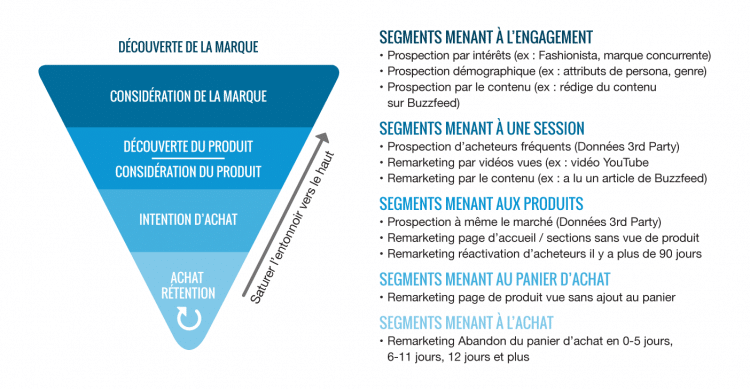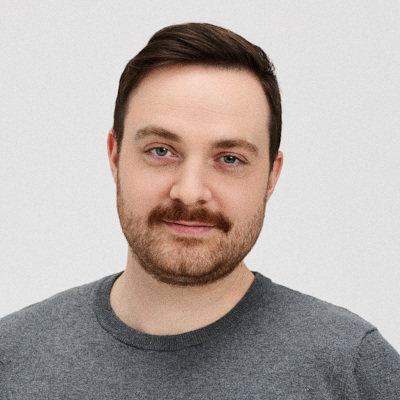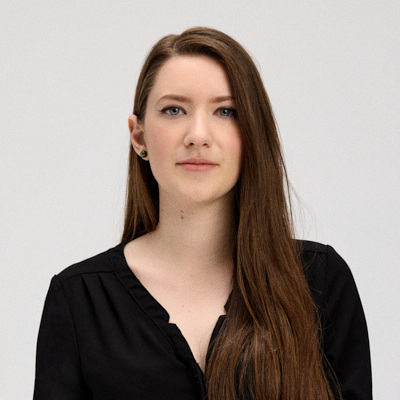Media Practice & Operations Director
Google Ads: new decade, new structure
Media Practice & Operations Director
If you haven’t upgraded the structure of your Google Ads campaigns in recent years, you have reason to be nervous about the new approach to campaign management the new decade is bringing. Read this article to learn why you should review your Google Ads campaign architecture for the new decade.
WHAT'S NEW WITH GOOGLE ADS?
The biggest change to Google Ads in the past few years isn't to its name (formerly AdWords), but rather how the system uses data points to improve performance.
Five or ten years ago, control freaks (like me) segmented their campaigns excessively in order to control every aspect of their Google Ads advertising. Back then, it wasn't surprising to see an enterprise account with hundreds of campaigns, divided by device type, subtopic, match type , and more. It can be estimated that 60 to 70% of campaign managers' time was devoted to bid management .
Today, Smart Bidding has revolutionized the way we manage campaigns . They actually reduce management time to 15 or 20%, which leaves much more latitude for reflection and analysis. Control freaks (a once necessary mindset) may not appreciate this new way of doing things, but they will have no choice but to adapt in the years to come.
This article will discuss what has changed and why we will definitely need to adapt to new ways of doing things in order to bring more value to our Google Ads marketing campaigns.
Here are the two biggest changes of the last decade:
- Artificial intelligence and machine learning
- The new match type variations
AI/ML CAMPAIGNS: LESS IS MORE
Artificial intelligence and machine learning algorithms have changed the game of campaign management.
Smart bidding strategies, such as Maximize conversion value , target return on ad spend , and target cost per action, use all existing data points in your account to target users most likely to convert. The goal is, of course, to maximize your return on investment.
recon | If you haven't read Frederick Vallaeys book Digital Marketing in an AI World , cancel all your plans and start reading it. I can't recommend it enough.
To maximize your use of artificial intelligence and machine learning in Google Ads, you'll want to review your campaign architecture to ensure you've optimized your data points. So you can take full advantage of the power of smart bidding.
-gif.gif)
Maximizing your data points will require simplifying your campaign structure by determining which variables have the most value. Remember, less is more .
Here are some variables to consider for the next decade.
GEOGRAPHIC TARGETING
Does your performance really vary based on user location? The answer is probably yes. But be careful, don't make the mistake of creating campaigns for every market. Group them into key markets to limit campaign volume.
LANGUAGE
This variable will always be crucial in a digital campaign strategy. Keep in mind that Google Ads targeting language is set by browser settings. In a bilingual market like Montreal, many people use an English browser but search in French. If your campaigns only target French keywords, you can also add English to your targeting!
TACTICS
When you start building a new architecture, always limit the number of tactics you activate. Of course, it will be tempting to create campaigns for each audience and product type to better control your budget and allow you to make micro-adjustments. Avoid doing this and take a simpler approach. Trust the system, and simplify your account architecture to maximize data points. If you finally realize that some ad groups are performing very well and are not optimized for impression share or share of voice , then only then should you create different sets of sub-campaigns.
HEARING
Audience is a dimension that has been underutilized for too long. However, some time ago, Google introduced the “Target and Bid” dimension now known as “Targeting” ( Target ) or “Google Ads Remarketing Lists for Search Ads ” (RLSA). Unfortunately, I don't often see its use in Google Ads accounts, when it should be enabled in most of them.
CAMPAIGN OBJECTIVE
Think about what you want to accomplish with your campaign. What stage of your conversion funnel is she at? Are you trying to acquire traffic? Would you like to hire new people? Are you trying to sell your products? Remember that several steps are required before a user decides to make a purchase.
A MODEL TO SEGMENT YOUR AUDIENCES
The world of digital advertising in 2020 has become even more competitive. Audiences are now an essential element if you want to perform thanks to the users who have the most value for you.
At Adviso, we have developed an emerging approach called the Audience Micro Funnel Migration Model (AMFM Model ), or audience migration micro-funnel for Francophiles. Since then, we have seen great results: the overall performance of our campaigns has increased and we have become more efficient in managing our campaigns. This model even allowed us to receive the first prize in the Audience category of Google's Performance Honors program! Audience-based marketing is not only relevant for display or paid social, but also for search .

What's the easiest way to enable this template for a search campaign ? Create a set of campaigns in “Targeting” mode for all your audiences and a second set of campaigns in “Observation” mode by excluding your audiences. In this way, you can maximize your budget and your audiences, then invest your excess budget in prospecting.
Segmenting your audiences from campaigns allows you to optimize them according to different objectives, since you can establish a specific conversion objective for each campaign . Are you looking to reach new users who tend to have a low conversion rate on their first visit to your website? No problem! Choose a softer conversion action and let smart bidding optimize for a key performance indicator (KPI) higher in your conversion funnel . That way, you'll be able to engage people with your campaigns and see their real value across the funnel.
QUERY MANAGEMENT AND ARCHITECTURE IN THE NEW WORLD OF MATCH TYPES
Over the years, the most fundamental working methods of Google Ads have undergone major changes; a user submits a query and Google Ads triggers one of your keywords.
A few years ago things were easier to manage using the usual match types : broad , broad match modifier , phrase and exact . Today things are a little (much) more complicated and exact match keywords target and trigger much broader queries using the concept of “ close-variant ”.
Have you ever seen the look of an account that divides its ad groups by match type ? Well, 2010 just called and he wants his concept back!
Welcome to the new era of Google Ads. With the new concept of “ near variant ” , it is now obsolete to work the old way. In 2020, we strongly recommend that you consolidate your match type ad groups into one group (think data points!) and only use sentence and exact match types . If you want good returns on investment, the days of using the broad type match are over.
-gif.gif)
Another once popular strategy was the use of single keyword ad groups or Single Keyword Ad Groups (SKAG). At the time, it was a genius idea. However, in this new world of match types , this strategy is now outdated. In 2020, if you have a single-themed ad group with ads that match the user's query and lead that same user to the right landing page, you're on the right track!
Search Engine Land has talked a lot about this new era of match type and sums it up nicely:
This is a fundamental shift for SEM managers who tightly organize their campaigns by match type — or even by SKAG — and carefully pair each query with negative keywords.
Source: Search Engine Land
recon | If you want more information on these changes, I highly recommend this excellent webinar hosted by Google Ads veteran Brad Geddes.
GOOGLE ADS 2020 IN A NUTSHELL
Put your worries about new ways of running campaigns behind you, restructure them sooner rather than later. Always keep in mind that #LessIsMore, remember to maximize your #DataPoints and if you always use an over-segmentation approach, know that you are probably losing money every day. You should be able to visualize your funnel in your account architecture.
Another advantage of maintaining a lean structure is that you can be more responsive and adapt your strategies to new innovations. Maybe you've been living in a cave for a month and haven't heard of it yet, but Google has announced that it's going to remove third-party cookies from its web browser. This is an important change that could strengthen Google's position as a leading player in the advertising world. In this sense, it is highly likely that the company will launch a ton of new features on its display and video platform. If your Google Ads account isn't set up to be easily managed, you may not be able to react quickly enough to test these new betas.














